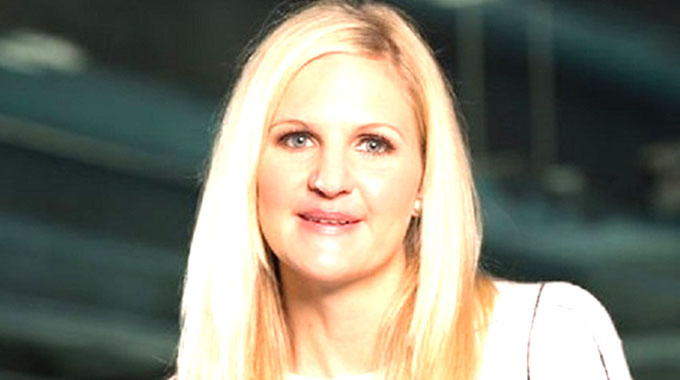Rethink use of sporting facilities

It is possible to link the misfortunes of Zimbabwe’s national sporting teams to the unavailability or inaccessibility of facilities for training ahead of competitions or tournaments.
The last time Zimbabwe surprised the world by winning gold was at the 1980 Moscow Olympics when the women’s field hockey team triumphed.
Then in aquatics, interest in swimming peaked between 2000 and 2012 and that was due to the unparalleled performance of Kirsty Coventry, currently the Minister of Youth, Sport, Arts and Recreation.
In soccer, Gwanzura Stadium, Magamba Hockey Stadium, the National Sports Stadium, Sakubva Stadium, Barbourfields and White City Stadium are inaccessible or in a semi state of neglect, rendering them unfit for national teams to conduct practice sessions there.
Chitungwiza Aquatic Complex and Magamba Hockey Stadium are better known these days for music concerts and weddings, respectively.
However, these activities are far from what the facilities were intended for in the beginning.
It may require considerable work to resuscitate hockey because except for Bulawayo, there are no available usable facilities for teams to undertake training.
The problems are largely maintenance and accessibility.
The maintenance part relates to the authorities who are supposed to ensure that those for whom the facilities were built have regular access to them to conduct practice sessions and prepare ahead of any competitive regional and international tournaments.
The accessibility part refers to the extent to which those for whom the facilities were constructed can access them as often as they require for their preparations.
Last week, Minister Coventry — an Olympic Gold medallist and multi- award-winning swimming champion — decried the state of some of the sporting facilities and how difficult it was becoming for sporting teams to access facilities that were constructed for them.
She attributed problems contributing to the decline in the state of maintenance and inaccessibility to the diversion of the role initially intended for the facilities and failure to invest in maintenance.
This in part, results from the current set up, where facilities are falling are under the ambit of the Ministry of Local Government and Public Works.
Initially, it seemed there was some rationale in having the facilities falling under Local Government and Public Works Ministry.
After all, they carry out the maintenance work. That may be the positive aspect of the arrangement.
However, Public Works are not the users of the facilities and would not, with all due respect, understand the specific requirements of the various sporting disciplines or the attendant upgrades required to the facilities.
The second would be the speed with which the required renovations are carried out.
The other facilities fall under local authorities such as Bulawayo, Harare and Mutare City councils.
While these urban authorities have benefited from support from central Government in upgrading the facilities, they collect revenue for use of the stadiums, but do not necessarily reinvest in refurbishment of the facilities.
This is particularly the case with Gwanzura, Rufaro and Magamba stadiums.
What is particularly irking, in some instances, is that teams have been barred from conducting training at these facilities and yet ahead of the 1995 All-Africa Games, the Government was heavily involved in the upgrades required to these facilities ahead of the country playing host to the major continental sporting showpiece.
Minister Coventry’s central argument is that if the Government is funding construction or maintenance of the sporting facilities, the user ministry ought to have a greater say in running or control of the said facilities.
If the users are in control, they will be better placed to ensure that at all times the facilities are in a usable state and accessible to those for whom they were built in the first place.
There is merit in the argument and there is evidence that denial of access to these facilities affects preparations and subsequently the performance of the country’s national teams.
How many budding swimmers and hockey players, capable of making the national teams, have been denied an opportunity to parade their talent because Chitungwiza
Aquatic Complex has become a venue for musical galas or that Magamba Hockey Stadium is sadly more of a wedding venue?
The neglect of Gwanzura Stadium and Rufaro Stadium are inexcusable.
The City of Harare collects 20 percent of the gate takings for every soccer match.
It probably recovers more from musical functions, weddings and others.
What is happening to the funds?
Why are they not being reinvested in maintenance and upgrades of the venues?
There is need to re-imagine use of sporting facilities as part of the 2020 New Year resolutions so that national sport associations are able to access and make use of the venues.
The other side of this is for associations to ensure they deliver on results.








Comments